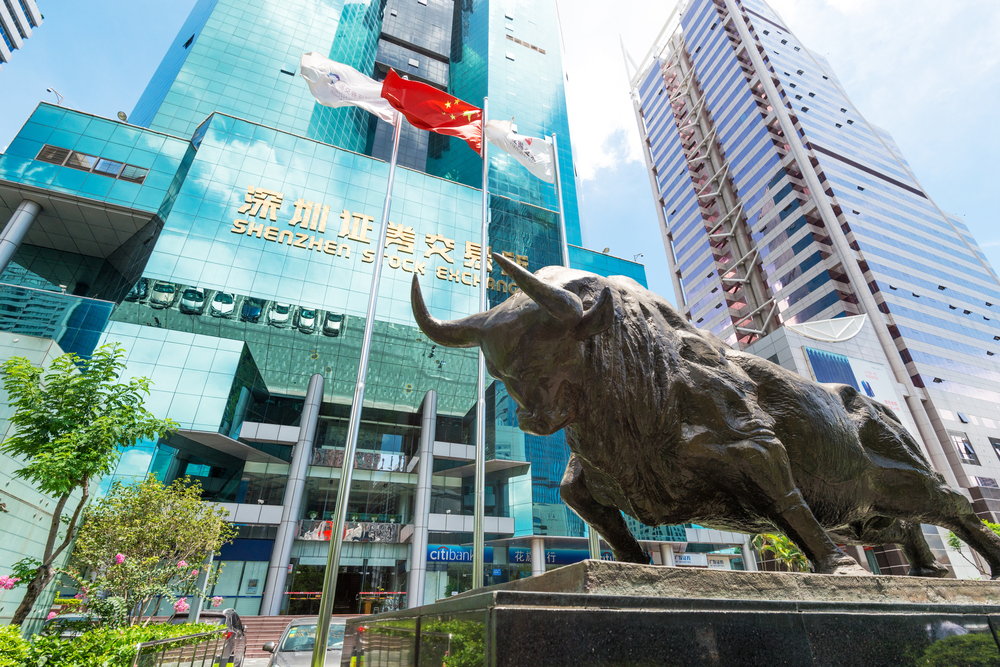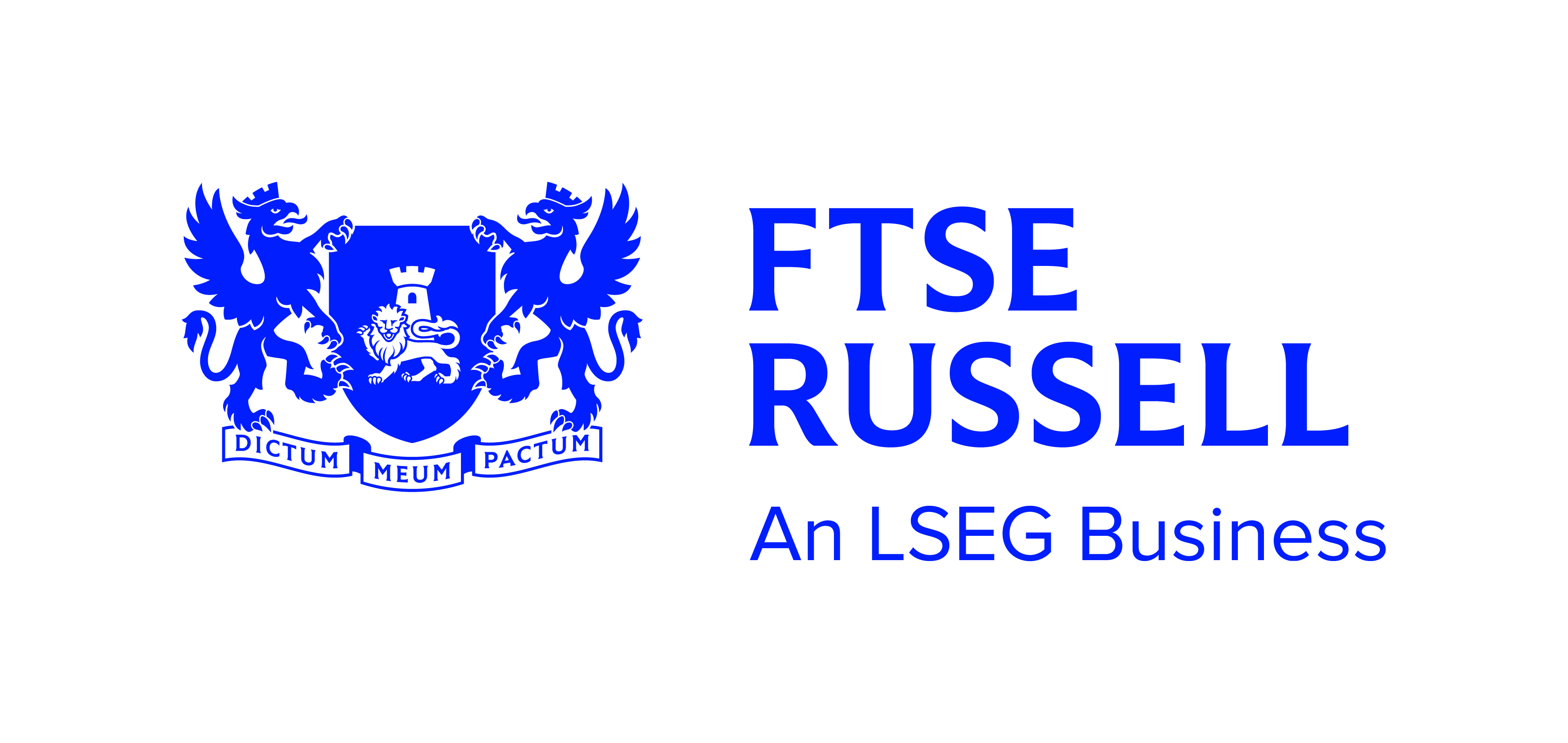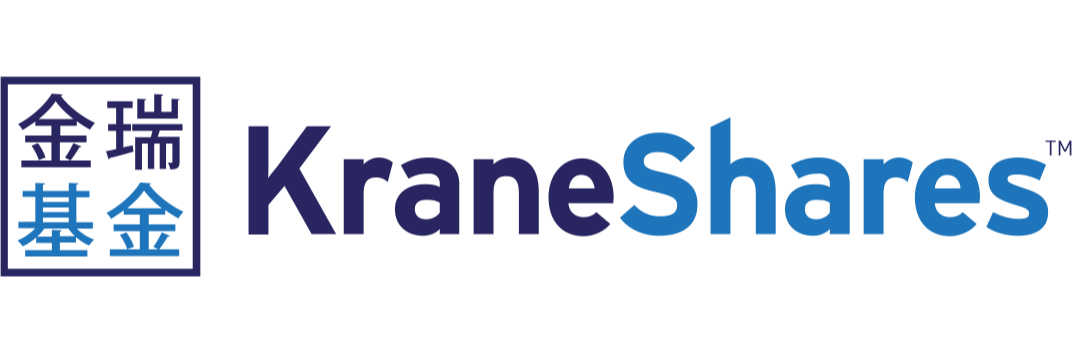With the developed world entering a bear market and teetering on the edge of recession, China has been in heavy demand in recent months as investors hunt for uncorrelated returns. The domestic market has been of particular interest, especially at the lower end of the market cap spectrum where strategies such as the Invesco S&P China A MidCap 500 Swap UCITS ETF (C500) have outperformed.
C500 and its large-cap counterpart, the Invesco S&P China A 300 Swap UCITS ETF (C300), launched on 5 May and have enjoyed strong investor interest since.
Interestingly, C500 has stolen the spotlight from Invesco’s other China A-Shares products – including the large cap and all share stock connect ETFs – and became Europe’s fourth-largest China A-Shares ETF in less than two months.
Since launching, C500 has amassed $120m, as at 28 June, according to data from ETFLogic. Close behind, C300 has attracted $112m inflows. The mid-cap candidate has also outperformed its large-cap equivalent in recent weeks, returning 13.9% over past the month versus 12.5% for C300, as at 28 June.
However, the real talking point has been the swap fees attached to both products, which last month stood at -8.4% and -2.9% for C500 and C300, respectively.
In practice, this meant investors earned the return of the underlying A-Shares and then an additional 8.05% and 2.55% performance after fees are factored in.
Christopher Mellor, head of EMEA ETF equity and commodity product management at Invesco, told ETF Stream this “interesting structural anomaly” owes to there being a lack of physical securities lending market for offshore investors into Chinese onshore equities, making it difficult to short.
As a result, quant hedge funds looking to go short are having to use an index portfolio approach through swaps and are made to pay an “awful lot” to counterparty banks. By offering banks a good vehicle to offset these exposures, the ETFs end up “benefitting significantly”.
While the outperformance of the A-Shares swaps are subject to change – especially as the market matures – the outperformance of the midcap swaps has ranged from 4% to 16% over the past four years versus their underlying.
Looking under the bonnet of C500, the ETF tracks the S&P China A MidCap 500 index which offers exposure to 500 of the largest companies outside of the top 300 listed on China’s mainland Shenzhen and Shanghai exchanges.
S&P Dow Jones Indices (SPDJI) takes the universe of A-Shares mid-caps and selects the top 85% based on minimum daily trading volume. The top 500 in terms of market cap, liquidity and existing constituents are then selected for index inclusion.
While SPDJI’s mid-cap A-Share benchmark has underperformed the large cap equivalent over the past decade, FTSE Russell previously suggested the mid-cap segment is made up of “champions not of China’s economic past but its future”.
This seems like a fair assessment given C500’s predominant allocations to materials, industrials and information technology, as well as four of its top 10 allocations being to companies involved in lithium, batteries or electric vehicles. Add to this the product’s exposure to A-Shares – which have typically been underappreciated by western investors – over American Depository Receipts (ADR) or other listing types.
In fact, KraneShares estimated last November that A-Shares were 95% owned by Chinese domestic investors. According to JP Morgan, western investors “do not have enough exposure to onshore assets”, which it said could improve their risk-adjusted returns as well as remove some of the current risks that exist around the future of ADR listings.
Naturally, however, geopolitical issues would also be a risk to China’s Stock Connect scheme, which allows international investors to access China’s domestic listings. Overall, though, Chinese equities currently look like a potential candidate for portfolio diversification.
As Daniele Antonucci, chief economist at Quintet Private Bank, said: “China has long focused on rebalancing its economy, increasing its domestic focus and upgrading its manufacturing sector on the value chain.”
Alongside these important trends is one of two major economies where the overnight rate is greater than its Consumer Price Index (CPI). Being in modestly positive real rates territory, its central bank is in a far better position than western counterparts to support economic growth – and grow the confidence of its increasingly powerful domestic consumer class.
This article first appeared in ETF Insider, ETF Stream's monthly ETF magazine for professional investors in Europe. To access the full issue, click here
Related articles








